| |||||||
| Search Forums |
| Advanced Search |
| Go to Page... |
 |
| Search this Thread |  12,507 views |
| | #1 | |
| Distinguished - BHPian  | Automotive sculptures by Eric Van Hove at Frisian Museum, Netherlands Some years ago I was watching the BBC news. A new exhibition had opened at the Tate Modern in London. The exhibition was about contemporary art. To the casual eye it appeared as a bunch of rusty steel pipes thrown about. The camera panned across these old, flaky, rusty pipes and came to the then curator of the Tate Modern. The interviewer popped the question that must have been on the minds of quite a few viewers: It all looks very unusual, but is it art? The curator spoke the famous words: If it is in the Tate, it is art! Whether that is supreme confidence or arrogance remains to be seen. My wife and I went to see the Frysian Museum in Leeuwarden, the Netherlands. During our visit I was reminded of that very interview with the Tate’s curator. Since we have returned to the Netherlands we have been to visit the Frysian Museum about 5 times. It is a real gem! Leeuwarden is all the way up in the north, which means a solid 2 hour drive from where we live. Mostly motorway, through some of the new polders in the Nehterlands. Quite a nice drive, very enjoyable in our Jaguar. Whafting along. Even though the Frysian museum ( https://www.friesmuseum.nl/en/ ) is a relative small museum, it manages to put together astonishing exhibitions. Very often the theme is connected to the province of Friesland. Somehow they manage to pull in some real unusual works, artefacts and put it all together in an extremely well curated fashion. Last year we went to visit the Mata Hari exhibition. Everybody in the Netherlands knows Mata Hari, most Dutch will be able to tell you she was from Friesland too. But this particular exhibition had so much on display about her life, background, it was truly astonishing. The reason for our visit this time was two fold. I had turned 60 a few days earlier and we just wanted to have a nice weekend away. It also happened to be the last weekend of a particular exhibition in the Frysian museum, Rembrandt and Saskia. Made for a good combination. So we booked ourselves a very nice hotel and set off early Saturday morning. We always enjoy this drive as it takes you through the newest parts of the Netherlands, the Flevopolder. Only a few decades ago this was an actual sea and now it is all lands and whole cities have appeared. We stopped for coffee at Urk ( https://en.wikipedia.org/wiki/Urk ) Amazing little fishing village. It used to be just a little island in the Zuiderzee (Southern Sea). Now it finds itself at the edge of the Flevopolder. It has a nice harbour with lots of little cafe’s and restaurant, nice old centre and a museum about the history of Urk. Last time we visited the museum was closed for some reason. This time it was open and we wandered around for an hour and a half. ( https://www.museumopurk.nl ) Next we also visited the Model Railway museum in another village close by. We made it to Leeuwarden by about 15.00 hours. Checked into our hotel. (https://www.hotelstadhouderlijkhof.n...bout-the-hotel ). We had stayed her before. We liked it, excellent location, smack in the middle of the centre. Huge, very comfortable rooms, friendly helpful staff. And it is a very old building, which in fact used to be an old Dutch Palace!. After checking in, we roamed around the center of Leeuwarden a bit, sat down at one of the many quaint cafe, had a drink and some snacks. In the evening we had an excellent four course meal at our hotel. They did a special Frysian menu, which looked really good, so we opted for that. On Sunday morning we had a nice leisurely breakfast, checked out, put our luggage in the car and went to the museum to see Rembrandt and Saskia. Saskia, Rembrandt’s wife, was born and raised in Friesland. This particular exhibition was all about Love in the Golden Age in the Netherlands. Hugely interesting and I learned many new things. When we arrived at the museum I noticed there was also another exhibition ongoing: Eric van Hove Quote:
So here is that D9T.  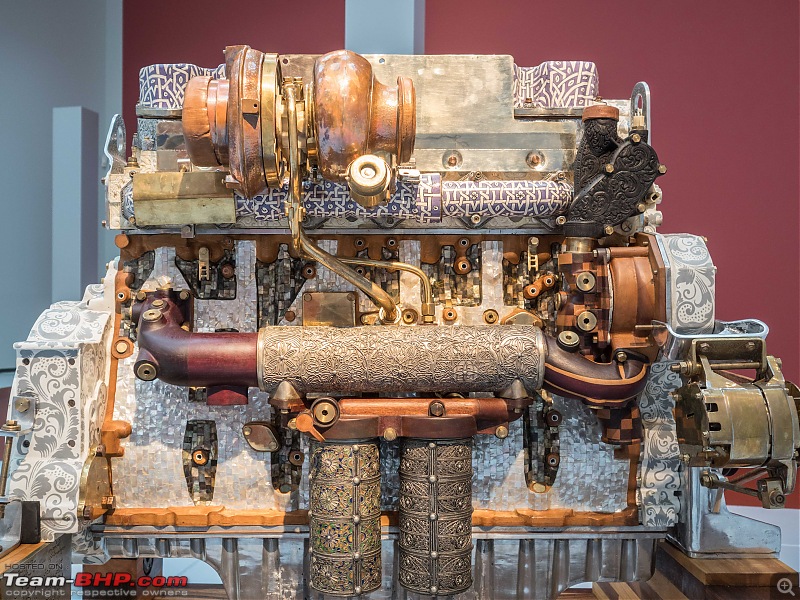 Some incredible details:  Photographs of the individual components; 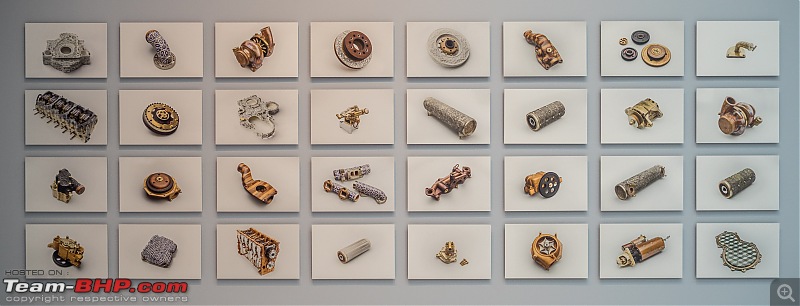 Eric also had a go at the Laraki Fulgara engine, or rather re-did that complete engine in a similar fashion. Some of the parts were on display:  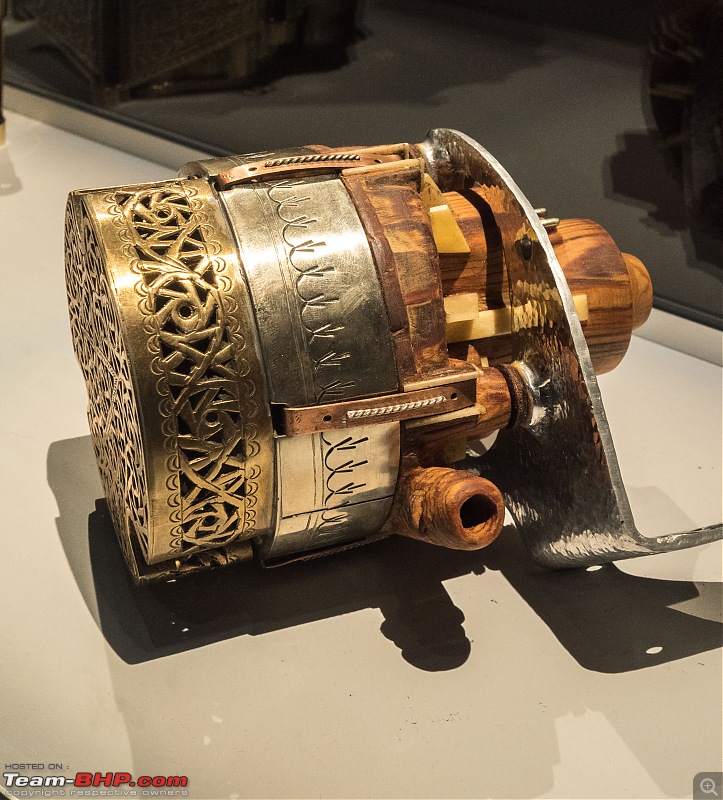  The “Dorigin” as described above was pretty interesting of course, as I own my own W123. Mine is in a whole lot better shape, but of course that is not the point. Quite an amazing thought that this particular W123 was put togethers, completely, by using old W123 parts. As W123 taxi’s go in Morocco, this is probably considered to be a well maintained example.  Here another, very different engine. A replica of the engine on Charles Lindbergh’s plane, first Atlantic crossing.    How about the gear box of a VW Passat?   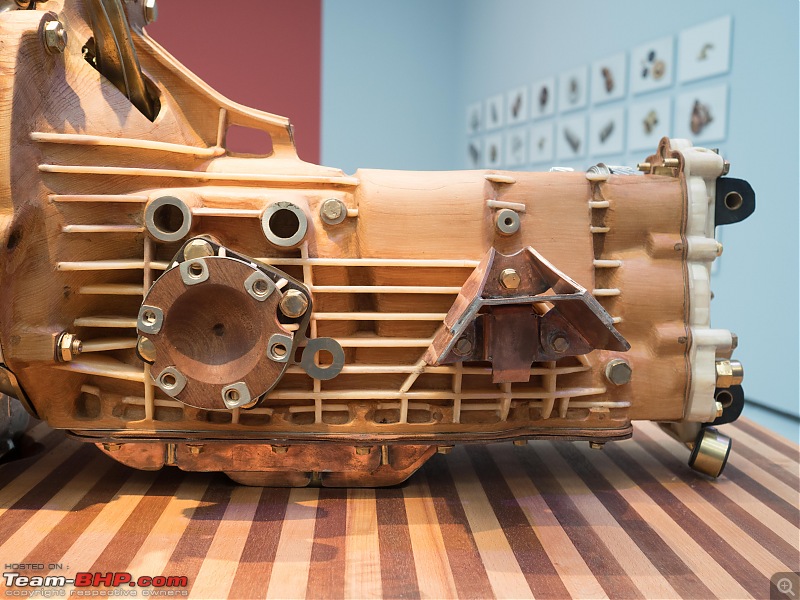 Another well known Engine marvel. The Alfa Romeo Alfa Sud boxer engine  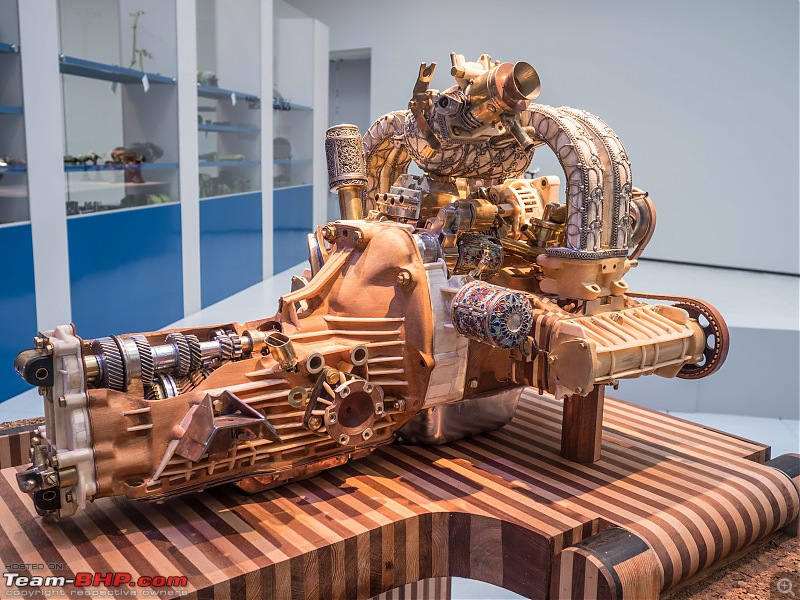 Yes, those are wooden V-belts!  Here is where the “Frysian Engine” project is taking part.  The whole engine has already been taken apart, each part carefully labelled. All parts are on display. Subsequently each and every part will be turned into a piece of art. 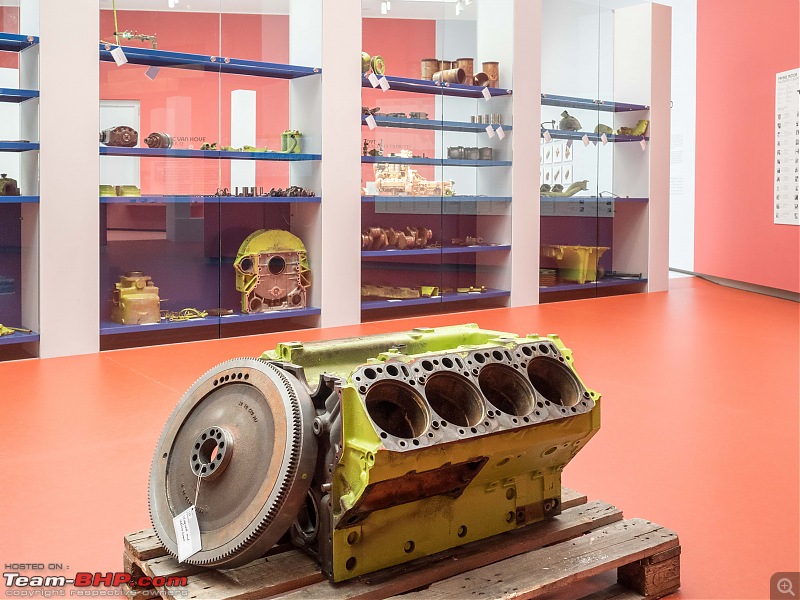 I found it absolutely fascinating. Not sure if I would call it art, but maybe anything that makes you stop, pause, think, absorb is worthy of being called art Jeroen Last edited by SmartCat : 21st March 2019 at 12:29. Reason: Minor typo | |
| |  (24)
Thanks (24)
Thanks
 |
| The following 24 BHPians Thank Jeroen for this useful post: | bhavukjain, BlackPearl, bullock-Car, ChiragM, Crazy_cars_guy, digitalnirvana, dileepcm, FrodoOfTheShire, GTO, ilangop, InControl, moralfibre, Mukund, pkulkarni.2106, PM - B, SmartCat, sooraj.naik, sukiwa, The_Outsider!, V.Narayan, vaasu, VijayAnand1, Viju, vivee90 |
| |
| | #2 |
| Team-BHP Support  | Re: Automotive sculptures by Eric Van Hove at Frisian Museum, Netherlands Thread moved from the Assembly Line to the International Scene. Thanks for sharing! |
| |  (1)
Thanks (1)
Thanks
 |
| The following BHPian Thanks GTO for this useful post: | digitalnirvana |
| | #3 |
| Senior - BHPian Join Date: Apr 2018 Location: Bangalore
Posts: 1,549
Thanked: 17,365 Times
| Re: Automotive sculptures by Eric Van Hove at Frisian Museum, Netherlands This is interesting, especially to all mechanical engineers. Thanks for sharing Jeroen. Any idea how long this exhibition is open or if there is a similar permanent exhibition by Eric van Hove. I would like to pay a visit sometime, if I get a chance to. The W123 is the star of the show, I believe. It is fascinating that the whole car has been put together using spare parts from old W123s. I also wonder how long the artists took to handcraft each part for and assemble all the exhibits. Last edited by ChiragM : 22nd March 2019 at 09:56. |
| |  ()
Thanks ()
Thanks
 |
| | #4 |
| BHPian Join Date: Jan 2016 Location: Nagpur
Posts: 129
Thanked: 506 Times
| Re: Automotive sculptures by Eric Van Hove at Frisian Museum, Netherlands Imagination is the artist's limit! Quite a surprising connection between Engineering and Art.  If at all the Maharajas of ancient India get to customise their powertrain, this would fit the bill. |
| |  ()
Thanks ()
Thanks
 |
| | #5 | |
| Distinguished - BHPian  | Quote:
It runs till 5th of January 2020! So still plenty of time to visit. During that time all these components of the engine of the combine harvester will return to the museum. So it should get even more interesting. Leeuwarden is a very nice town and Plenty of other things to do in Friesland too. Jeroen | |
| |  ()
Thanks ()
Thanks
 |
 |


